
Absolutely, if they are introduced too soon. Here are some tips for you. Most lactation consultants (See: What is a lactation consultant?) and other experts agree that it is best to wait until the baby is at least four weeks old until a pacifier is introduced. It would be even better to hold off until your milk supply is well established, when your baby is around two months old. In any case, a pacifier should never be given to replace a feeding in breastfed babies.
This can cause hunger and mess with a mother's breast milk supply. The older your baby is, the more likely mothers will be to know when baby is hungry, and when she simply wants to suck for comfort. You should watch out that the use of a pacifier is not decreasing the frequency of nursing. This can be done by writing down when and how long your baby nurses in the days prior to introducing a paci. Newborns breastfeed at least eight to 12 times a day.
A bad latch or the inability to latch on can indicate that your baby has a problem with nipple confusion. Another sign is pain during breastfeeding (in mothers) or sore nipples after a nursing session. Some other problems you could encounter as a result of using a pacifier are more frequent ear infections (as confirmed by various studies) and yeast infections. In addition, you may want to keep in mind that pacifiers can reduce the number of nursing sessions. If you use one, don't rely on the idea that breastfeeding mothers can't get pregnant.


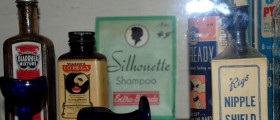
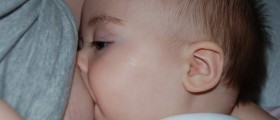
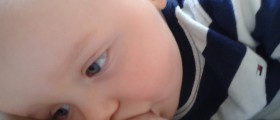

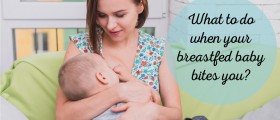


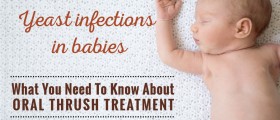

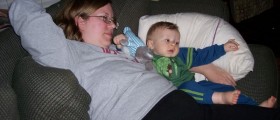

Your thoughts on this
Loading...